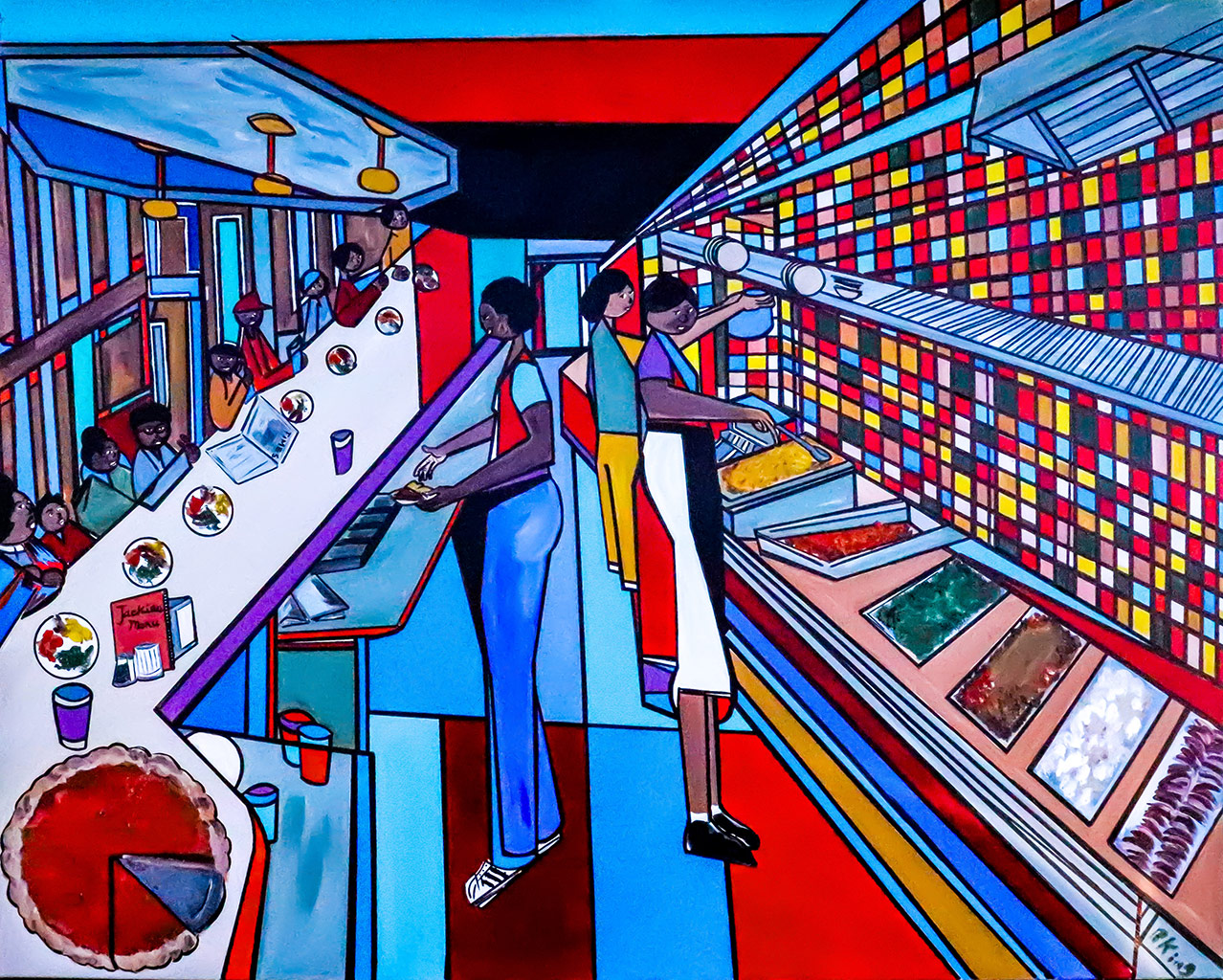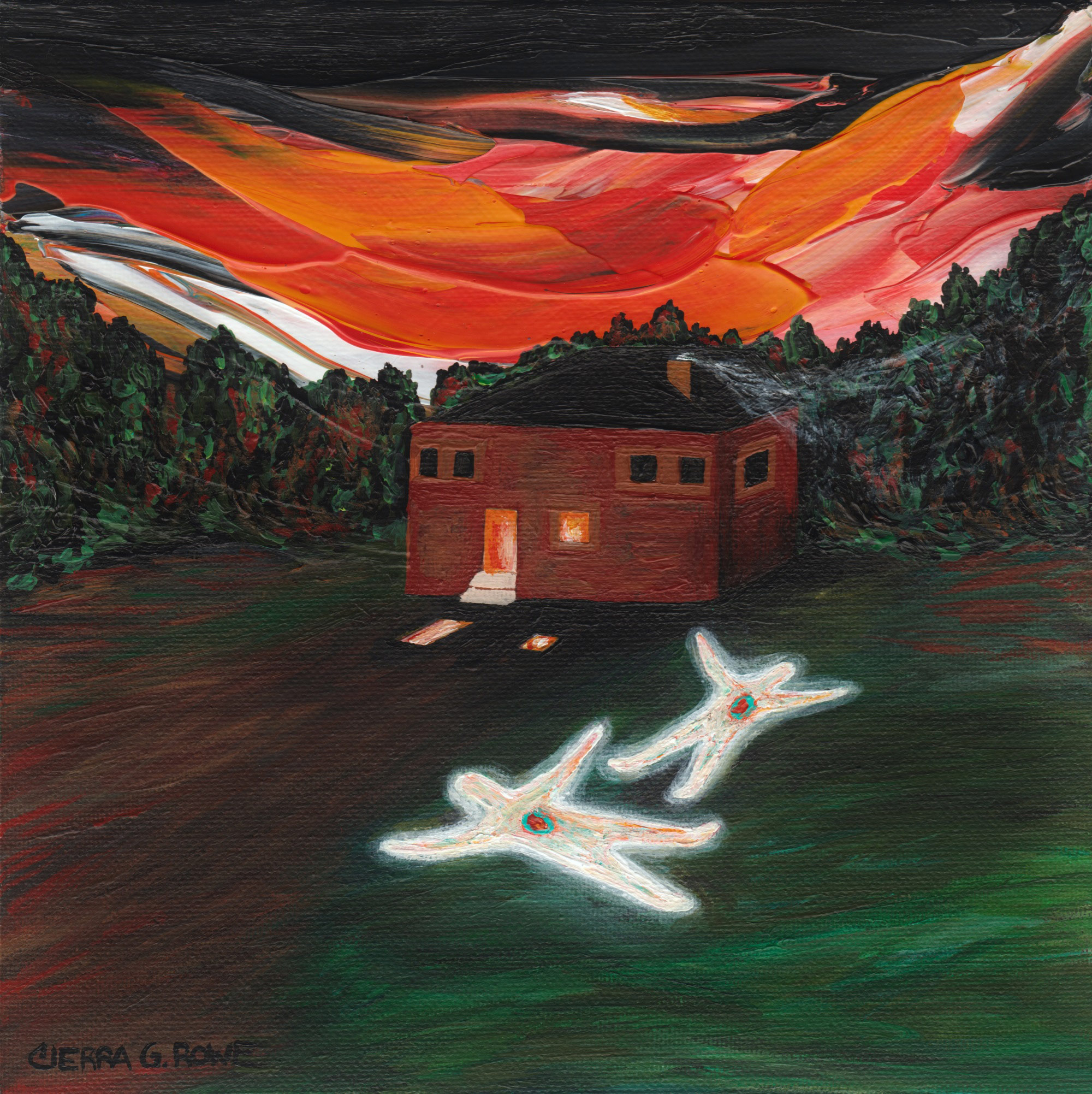Drive-by post using Storm Tharp‘s own words to describe his art best:
“According to Roman Mythology, the Pillars of Hercules were built by Hercules near the Straits of Gibraltar. The pillars are, in fact, two peaks rising from the sea at the edge of the Mediterranean (the edge of the known world), where Hercules engraved the latin phrase, Non Plus Ultra (nothing further beyond). The engraving served as a warning to sailors and adventurers to proceed no further. Helpful as it may have been intended, it also marks a rather conservative and careful observation that was challenged by Plato who suggested that beyond the Pillars of Hercules lied Atlantis. Enlightenment.
Personally, the myth functions as a grandiose metaphor for the creative quest. The myth happens to be a convenient and pleasant discovery made while reading about the philosophy and origins of perfection. (In contemporary language, Non Plus Ultra is used to denote a nonpareil, a perfection of sorts.) I have been regarding painters with distinctive philosophies on the subject. In particular, Ad Reinhardt and Agnes Martin, both of whom cite Greek and Chinese philosophy as the high minds to their respective pursuits and regard perfection in the Classical sense: that “perfect” is in fact “complete”, that nothing is added nor subtracted.
In some regard, the drawings from Hercules reflect a desire to observe philosophy and to encounter perfection – to be enlightened. The maximal and decorated inclinations are in question. The labor and the effort are being weighed. Representation is scrutinized and the desire to explore the formlessness of abstraction is pursued. I do not intend to discount the work as intermediary, although it is fair and exciting to suggest that the work represents both a closing and an opening. The nods to Minimalism throughout are both revering as much as they suggest an end game and, ultimately, a question.”

Groton House

Perfect

Man Behind A Desk






[…] “Perfect” by Storm Tharp. Picture credits: Redefine mag. […]